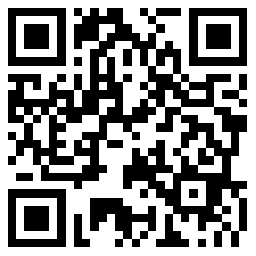NO.PZ2024120401000068
问题如下:
We regressed a security's returns, S(i), against market index returns, M(i), in order to estimate the security's beta according to R(i) = intercept + beta*M(i). The sample size is 48. The regression output is: R(i) = 0.020 + 1.080*M(i). The standard error of the intercept, SE(intercept), is 0.030; the standard error of the beta, SE(beta), is 0.050. The two-sided null hypothesis is that the security's beta is one; i.e., the null is beta = 1.0. Can we reject the null at 95% confidence?
选项:
A.No, the t-statistic is 1.60
B.No, the t-statistic is 21.60
C.Yes, the t-statistic is 5.85
D.Yes, the t-statistic is 21.60
解释:
t-statistic = (1.08 - 1.0)/0.05 = 1.60.
As the t-statistic does not exceed the two-sided 95% critical value of 1.96, we do not reject the null; i.e., the population beta may be 1.0. Sample size is not required, it informs the given standard error. We only need to see that the sample is large to realize the t-statistic is approximately normal.
Please note that, if the null hypothesis were "the slope is zero," then the t-statistic is (1.08 - 0)/0.05 = 21.60, and we would reject that null.
通过此题想明确一个概念:
无论是Z分布还是t分布,我们用“(样本均值-总体均值)/标准差” (此题套用(b-u0)/sigmab) 计算得到的是检验统计量(test statistical),用检验统计量跟critical value比较,如果检验统计量小于critical value,则无法拒绝原假设;若大于则拒绝。
此概念应该是正确的吧。



